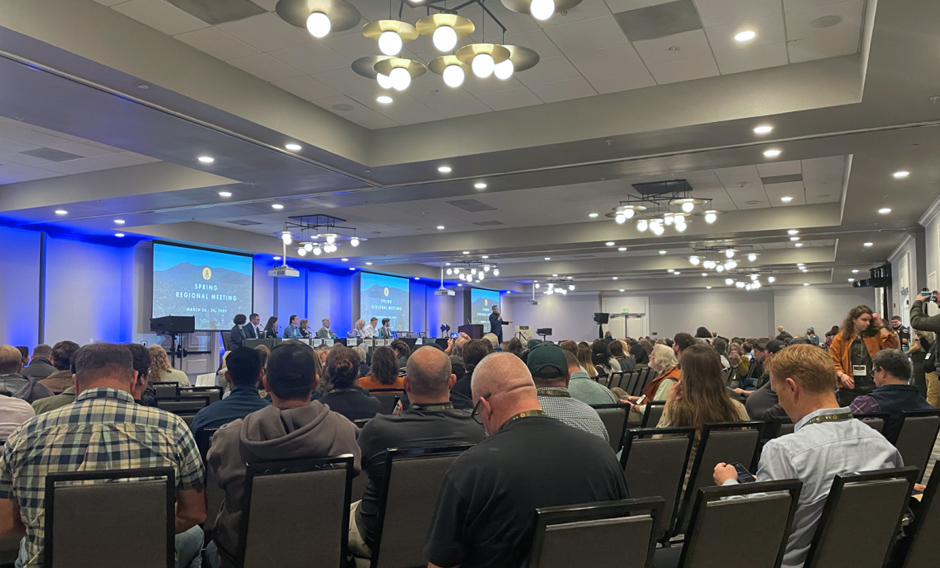AB 130 Residential Reach Code Moratorium – Implications for Climate Action
The adoption of the California state budget on June 30 was accompanied by a trailer bill package that included some surprises in the enactment of Assembly Bill (AB) 130 and Senate Bill 131. While much of the discussion regarding the trailer bills has been focused on a substantial California Environmental Quality Act (CEQA) pivot, an eye-opener for climate action came with AB 130, which incorporated the previously introduced AB 306 and its moratorium on residential reach codes until 2031. This bill has fundamentally altered the regulatory environment for reach codes for the next six years.



